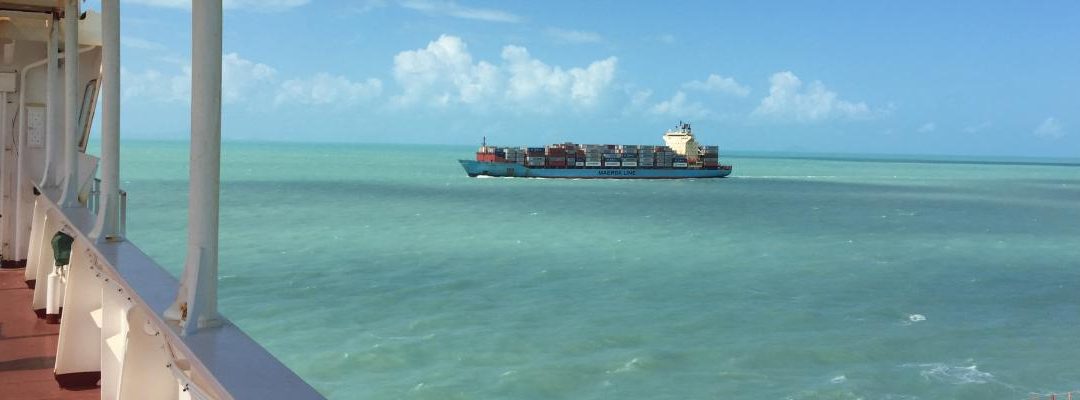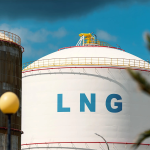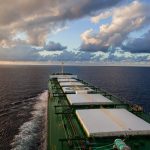Bulk carriers, tankers and now container vessels can pass through Torres Strait with a maximum draught up to 12.5 metres, using AMSA’s under keel clearance management (UKCM) system.
Previously, only bulk carriers and tankers had been granted exemptions to transit Torres Strait with a 12.5 metre maximum draught – limited to certain tidal windows.
“This was to ensure the minimum under-keel clearance of at least 1 metre between the bottom of the keel and the seabed was maintained,” said Conrad Adams, AMSA’s Principal Advisor for Coastal Pilotage Operations.
With effect from 1 November 2021, the maximum draught of 12.5 metres now applies to all vessels, including container vessels.
“The same tidal windows and minimum under-keel clearance standards still remain,” said Mr Adams.
All ships, regardless of their type, must meet the long-standing requirements of Marine Order 54 (Coastal pilotage).
This latest AMSA change follows extensive sea trials conducted since 2018, in collaboration with the UKCM system vendor, OMC International. The goal of the trials was to verify the accuracy of under-keel clearance (UKC) predictions generated by the UKCM system.
The successful trials enabled AMSA to progressively amend the Torres Strait vessel draught regime accordingly.
All vessels with a draught of 9 metres or above must be piloted by an AMSA-licensed coastal pilot, and all pilots must use the AMSA-approved UKCM system to ensure they maintain the minimum under-keel clearance.
Competency in the use of the UKCM system is individually verified by AMSA, prior to allowing pilots to be assigned to such transits.
Operators of vessels with draughts greater than 12.2 metres will need to plan the timing of their transits in close collaboration with coastal pilotage providers.
Depending on conditions, vessel operators may also need to change transit schedules for Torres Strait so the minimum UKC is maintained, in line with legislation.
Source: Australian Maritime Safety Authority






